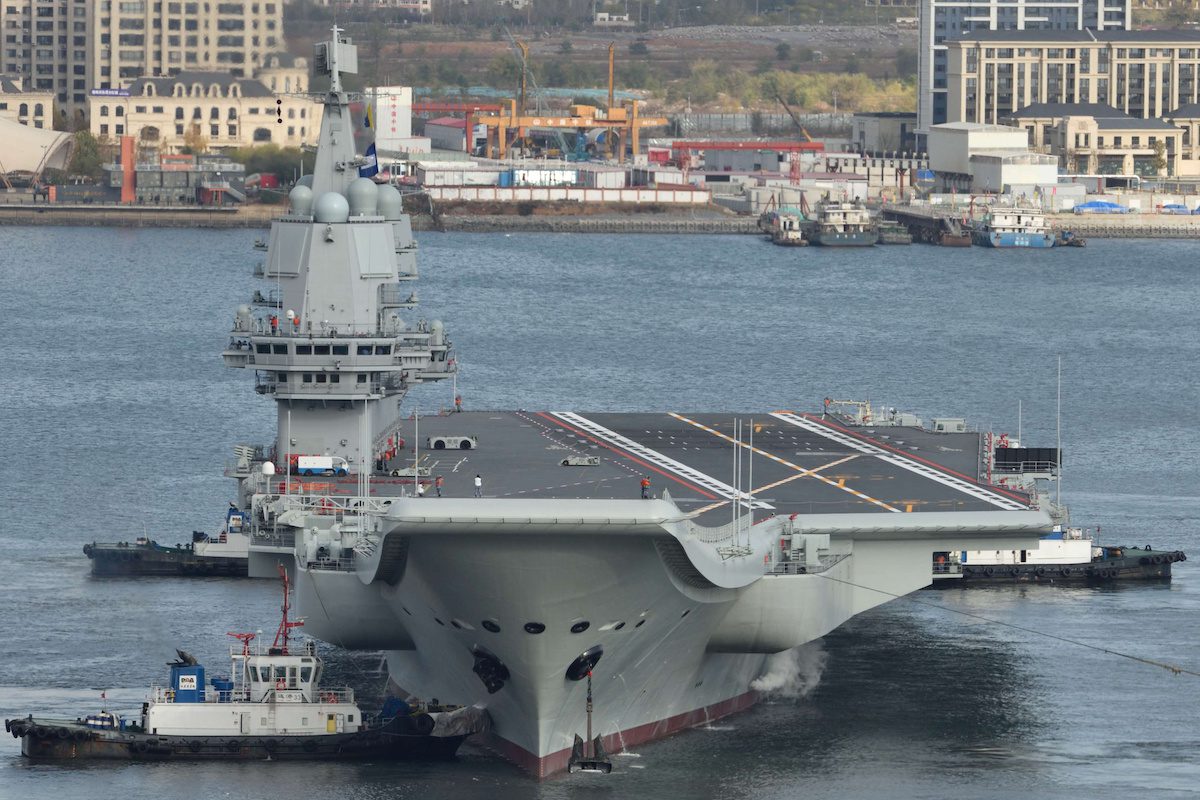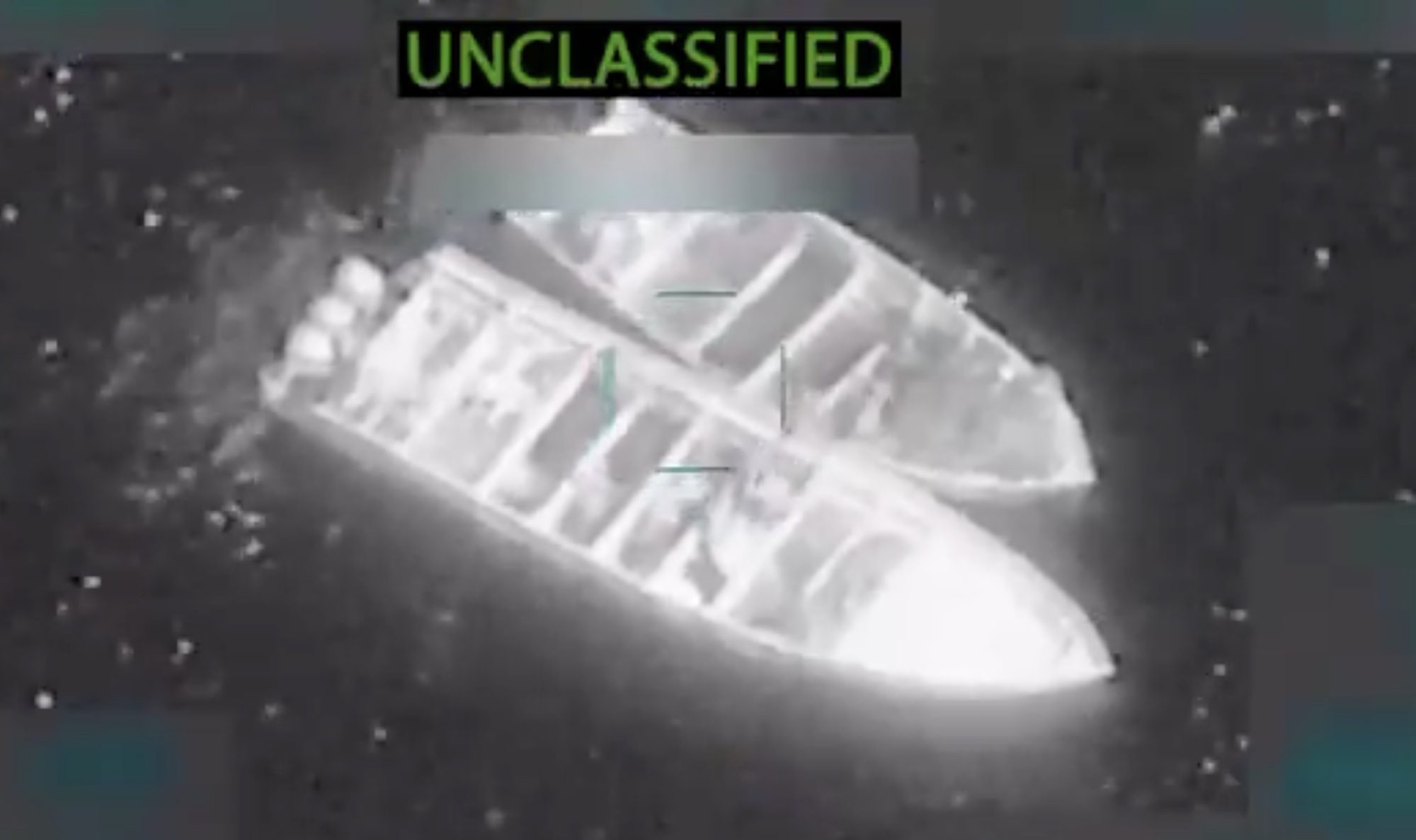Lockheed Martin announced a $50 million investment in Saildrone to integrate lethal defense systems onto the company’s unmanned surface vessels, with plans for live fire demonstrations in 2026.
The collaboration will combine Lockheed Martin’s combat-proven weapons systems with Saildrone’s commercially tested autonomous platforms to deliver armed USVs for the U.S. Navy. Initial work will focus on integrating Lockheed Martin’s JAGM Quad Launcher system onto the Saildrone Surveyor platform. Development of larger Saildrone vehicles is already underway to accommodate heavier payloads, including the Lockheed Martin Mk70 VLS launcher and thin line towed arrays.
Stephanie C. Hill, president of Rotary and Mission Systems at Lockheed Martin, said the partnership answers President Trump’s call for the defense industry to “act differently and leverage the strength of all of industry for our national defense.” She added that the companies are “combining the most sophisticated commercial and defense technologies to deliver a lethal naval solution at speed and scale.”
Saildrone’s unmanned vessels have been operating commercially since 2013 and were first deployed by the U.S. Navy in 2021. They are currently operational in combat theaters worldwide. Under the agreement, Saildrone will maintain shipbuilding responsibilities while Lockheed Martin serves as lead mission integrator.
“For the last 10 years, we have focused on evolving the reliability, endurance, and autonomy of the Saildrone platform, which has been demonstrated in over 2 million nautical miles of active customer missions,” said Richard Jenkins, founder and CEO of Saildrone. The collaboration will enable Saildrone to add electronic warfare, anti-submarine warfare, surveillance and reconnaissance, and kinetic capabilities, all integrated with Lockheed Martin’s command, control, and fire control systems.”
Production of larger Saildrone platforms will create jobs at Austal USA on the Gulf Coast, though the companies noted the work is shipyard-agnostic and could expand to other American shipyards as the program scales.
The investment aims to accelerate deployment of autonomous maritime capabilities for fleet defense, undersea surveillance, reconnaissance, and attack missions. The companies are focusing on integrating ready-now technologies with an open architecture approach to deliver operational capability as quickly as possible.

 Join The Club
Join The Club










